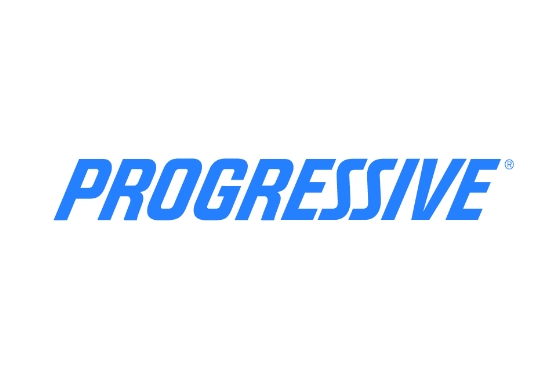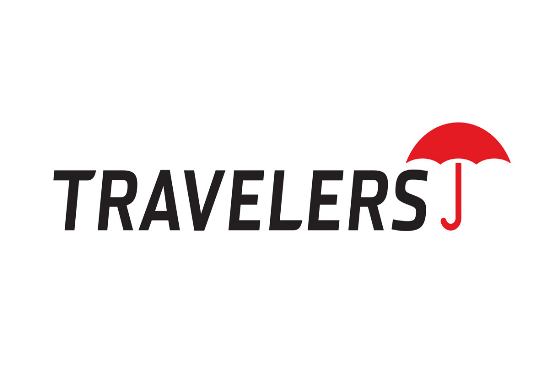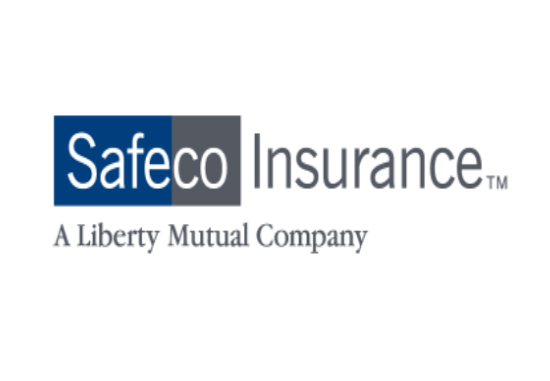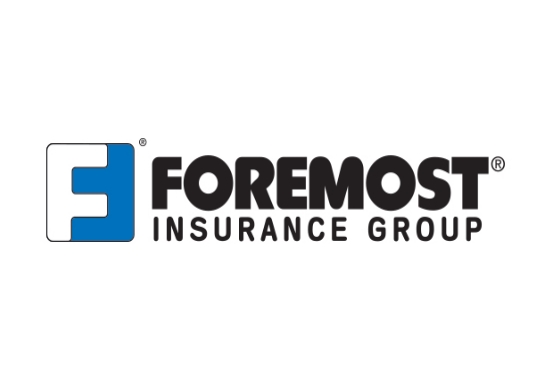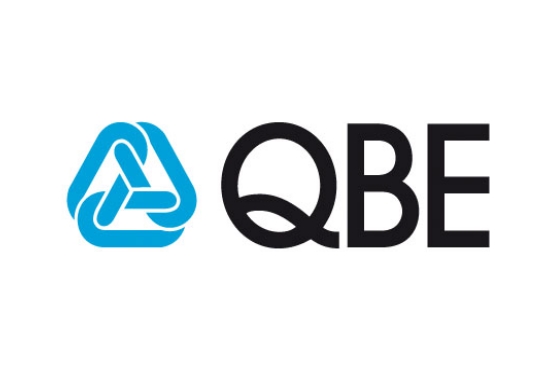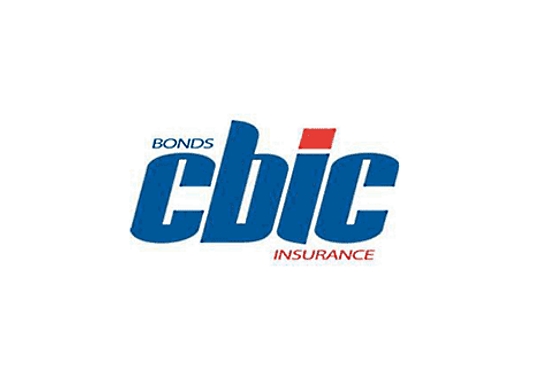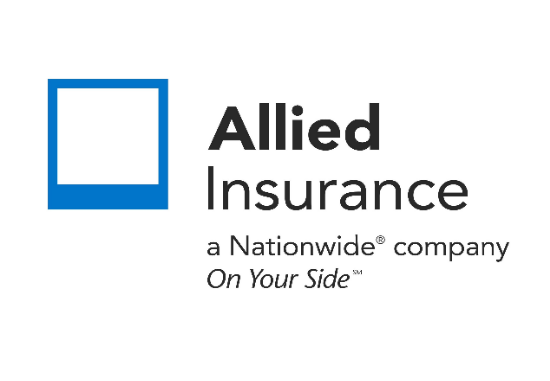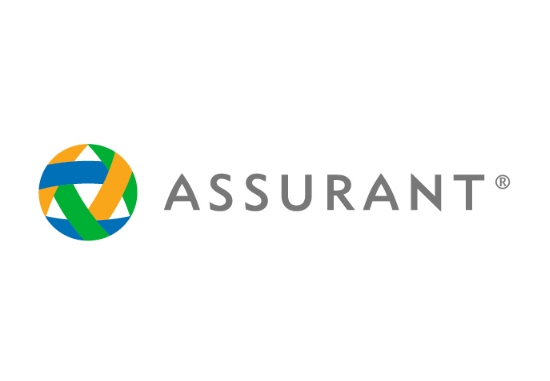What is product liability in the chain of distribution?
Product liability in the chain of distribution means that all entities involved in getting a product to the consumer — manufacturers, distributors, wholesalers, and retailers — can be held legally responsible if the product is defective and causes injury or damage. Liability isn’t limited to the maker; anyone who handled or sold the product may share responsibility depending on their role and what they knew.
Key Points
The chain of distribution includes all parties from manufacturer down to the retailer or final seller.
Each link can have liability if they had a role in creating, selling, or failing to warn about defect.
Liability doesn’t require intent: even sellers who didn’t design the product can be liable under strict liability when they distributed a defective product.
Documentation, traceability, and supply chain transparency are crucial for both plaintiffs and defendants.
Insurance policies often cover all parties in the chain, but coverage limits and duties differ.
The concept of product liability in the chain of distribution is vital because in practice defects can be introduced or overlooked at many stages—from design and manufacturing to marketing and retail sale. Knowing how liability flows helps businesses manage risk, negotiate terms, and ensure they are protected.
Understanding the Chain of Distribution
The chain of distribution refers to all the steps a product goes through before reaching the final user. Key participants typically include:
Manufacturer: designs and builds the product; often the first link.
Component Suppliers: furnish parts or materials used to build the final product.
Distributors/Wholesalers: buy in bulk and supply to retailers; may store or transport the product.
Retailers / Dealers: sell the product directly to consumers.
Importers (if applicable): when products cross borders; importer may bear liability if defects originate from abroad.
Any defect or negligence anywhere in this chain can lead to liability, but the legal responsibility depends on what each party did—or failed to do.
How Liability Arises Along the Chain
Design Defects at the Manufacturer Level
If a product’s design is inherently dangerous, the manufacturer is responsible. But component suppliers can also be liable if their part had dangerous defects that made the final product unsafe.
Manufacturing Errors by Suppliers or Producers
When a specific batch of products or a batch of components deviates from the intended design or standard, even if the rest of the production line is safe. Such defects might slip in during production, handling, or assembly.
For example, incorrect wiring or sub-standard material by a supplier causes final product failures.
Warnings, Instructions, and Marketing
If instructions or warnings are insufficient, any party who had duty to inform users may share liability. Retailers who distribute without proper warning labels—or who alter labeling—can be held responsible.
Duties and Responsibilities at Each Stage
Manufacturer / Designer: responsible for safe design, testing, identifying hazards, and using safe materials.
Component Supplier: must ensure parts or materials meet safety standards and are correctly made.
Distributor / Wholesaler: needs to verify quality when accepting inventory; should store, transport, and handle properly; preserve warnings and packaging.
Retailer: must inspect products for obvious defects, verify that warnings are in place, provide instructions if required; may have responsibility for returns, inspections, and customer information.
Failure by any of these to fulfill duty can expose them to claims in a product liability lawsuit.
Examples of Liability in the Chain
A component supplier provides a plastic hinge that degrades early under heat; the final product breaks and injures user—supplier and manufacturer may both be liable.
A retailer sells a product whose warning label got smudged during packaging, making hazard instructions unreadable—retailer might share liability.
An importer fails to perform safety tests required in the destination country; product fails and causes damage—importer may be liable alongside manufacturer abroad.
Insurance Implications
Insurance for product liability typically covers all members of the chain:
Manufacturers often have the broadest coverage.
Suppliers must ensure their contracts and insurance policies match their exposure.
Retailers need protection for damages arising from selling defective items—even if they didn’t design or manufacture.
Policies may include clauses about indemnification: downstream parties (like retailers) may ask upstream parties (like manufacturers) to cover costs under certain conditions.
Frequently Asked Questions
Can a retailer be liable even if they didn’t design or manufacture the product?
Yes — under strict liability or failure to warn theories, selling a defective product with poor warnings may make retailers liable.
What is required to prove a component supplier is liable?
You need to show the component was defective, the defect caused harm, and the component was used as intended in the final product.
How does liability differ for importers?
Importers may share liability, especially if they fail to verify safety or ensure compliance with local regulations where the product is sold.
Does insurance always protect everyone in the chain?
Not always. Coverage depends on policy wording, limits, and whether parties performed due diligence. Some parts of the chain may be excluded or have reduced coverage.
What steps help reduce liability in the chain?
Maintain detailed records, test components, insist on contractual indemnities, preserve warning labels, train staff, inspect incoming goods, and choose suppliers with strong safety practices.
Properly handling liability in the chain of distribution means understanding that every link matters. Safety, documentation, and clear responsibilities can reduce risk significantly.
Fill out the form below to get product liability insurance that protects you no matter where you sit in the distribution chain—manufacturer, supplier, retailer, or importer—and make sure your coverage matches your role.
Related Posts
Get a Right Insurance For You
SHARE THIS ARTICLE
We will compare quotes from trusted carriers for you and provide you with the best offer.
Protecting your future with us
Whatever your needs, give us a call, have you been told you can’t insure your risk, been turned down, or simply unhappy with your current insurance? Since 1995 we’ve been providing coverage to our customers, and helping people across United States.

